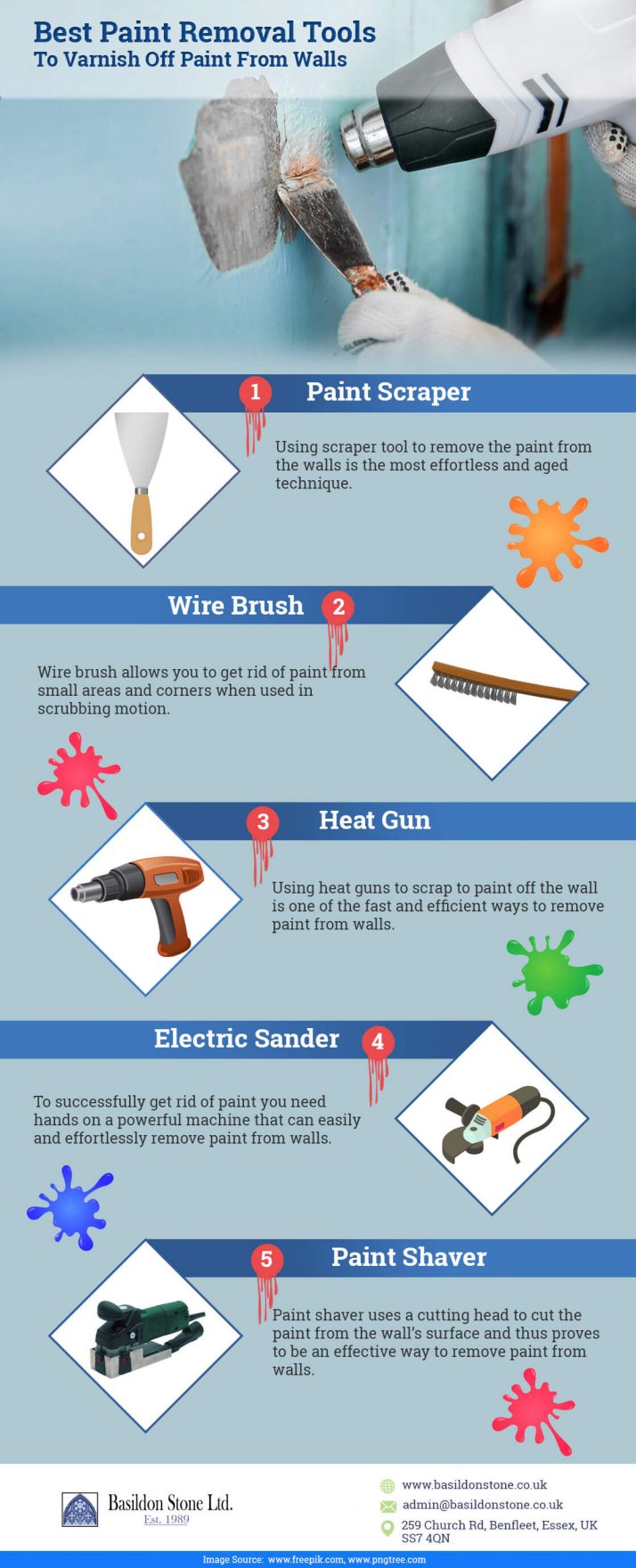Paint removal is an intricate business and a world of pain, and that without some good tools can just prove to be a head banger. Whether you wish or not, but paint removal starts with scrapping away loose paint first. Let the paint be a good or bad condition it is probably impossible to scrap it out without some good tools.
Require Stone Cleaning or Brick Cleaning?
Call us: 01268 755590
Paint scraper is the best manual paint removal tool to do this work as it is handy for corners and tight spaces. A good quality wire brush can also prove to be a great option when getting rid of the paint on the walls. It has prickles made of wire which when moved back & forth help scraping the paint off the wall. Heat guns are powerful handheld tools that emit heat which when applied to a section of wall inches away. When starts bubbling scrap the paint off with a scraper.
Electric sander creates enormous amount of dust it is possibly suggested to cover the furniture new wall with cloth and open window for airing also wear safety gears like facemask and goggles. The back and forth act of sander help u get rid of the old paint and smoothen rough edges. Other paint removal tool is paint shaver that gives us desired result in the most effective way. Paint shavers are used to remove paint with ease and has a vacuum that sucks away & collects the detritus.
If you require paint removal or graffiti removal services, give us a call today. Basildon Stone is based in London and offers cleaning services for brick, cement and stone masonry.

